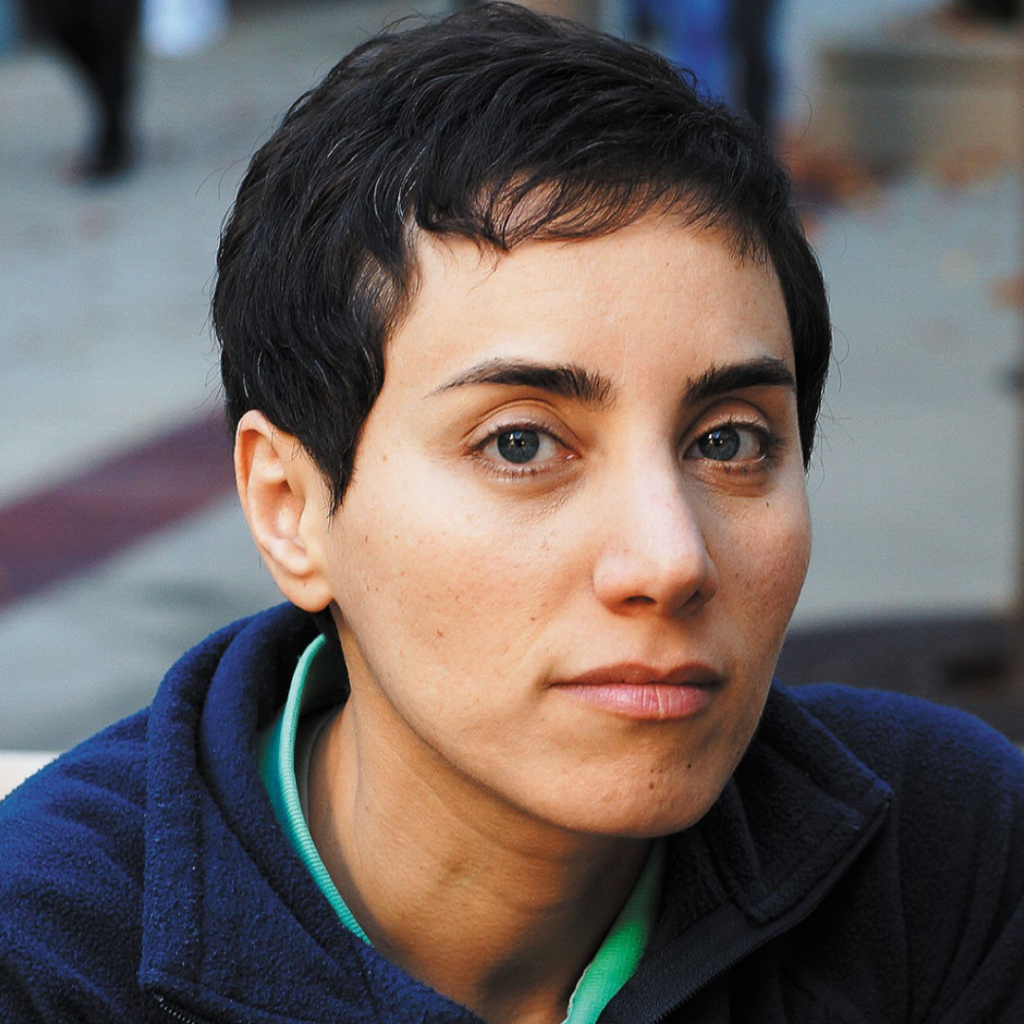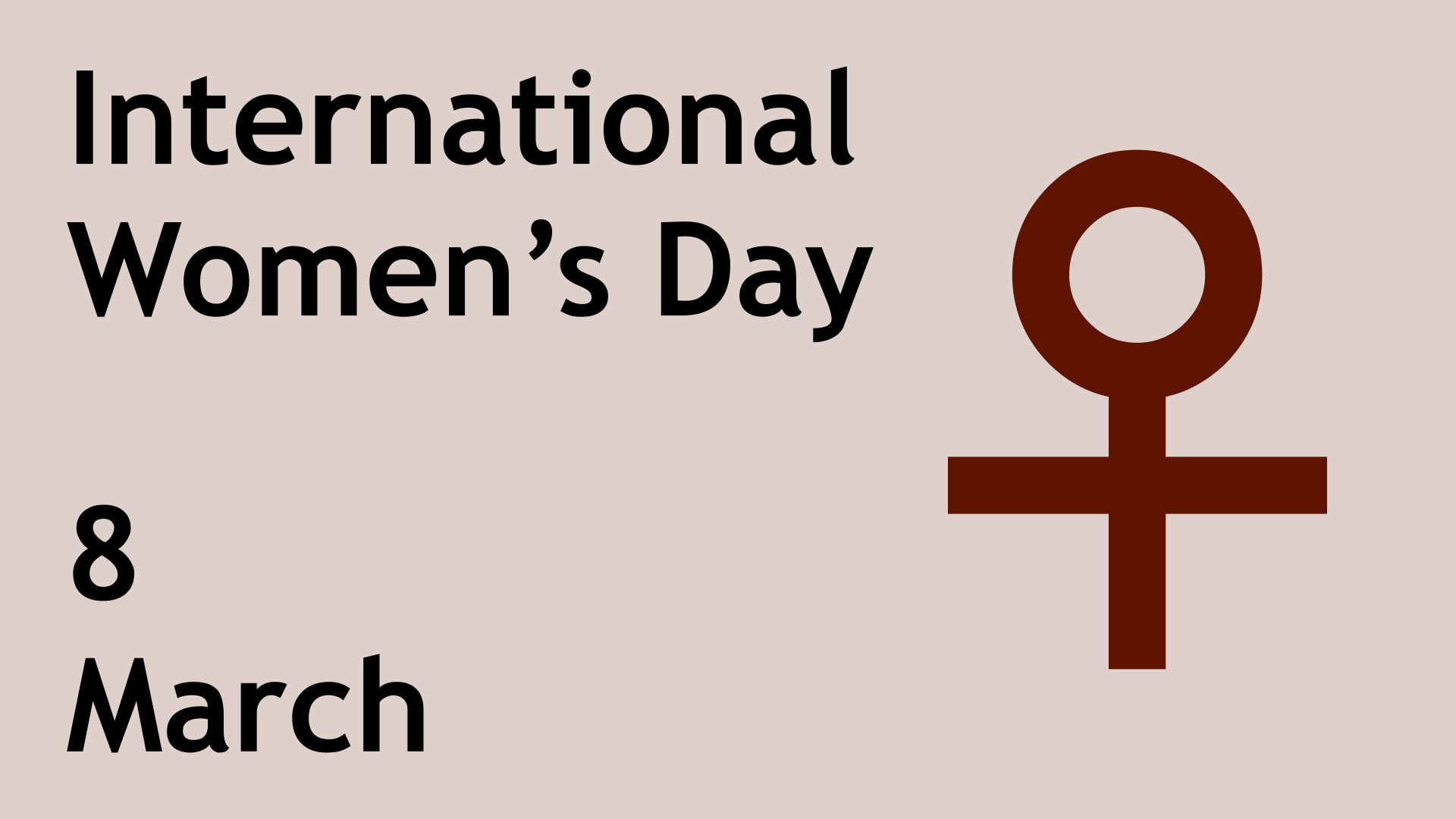What better way to celebrate International Women’s Day, or even International Women in Mathematics Day, than to learn about the enormous contribution women have made to mathematics! Here are a few female mathematicians you can celebrate:
Theano (6th century BCE), considered by some authors to be the first female mathematician in history, was a disciple of Pythagoras.
She researched cosmology, medicine and mathematics. She was particularly interested in the theory of the golden ratio and regular polyhedrons, also known as Platonic solids.
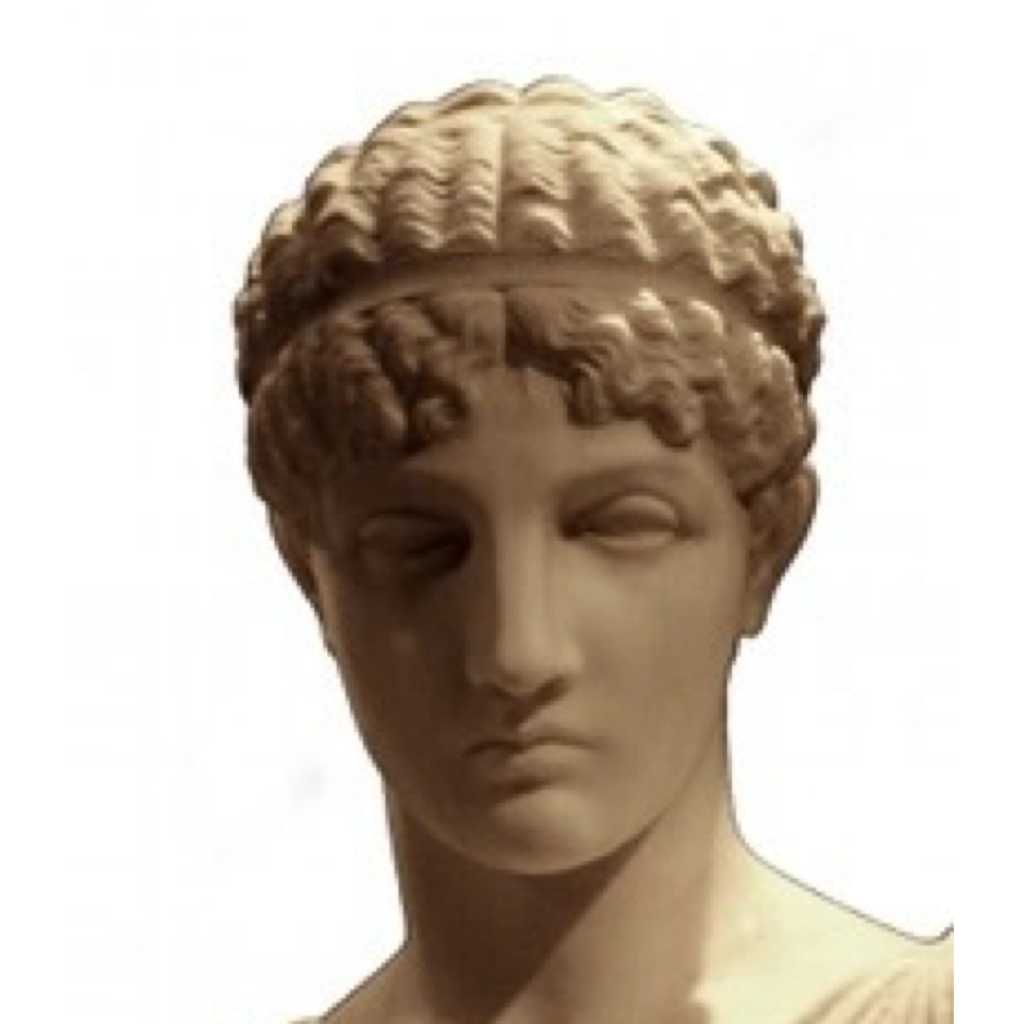
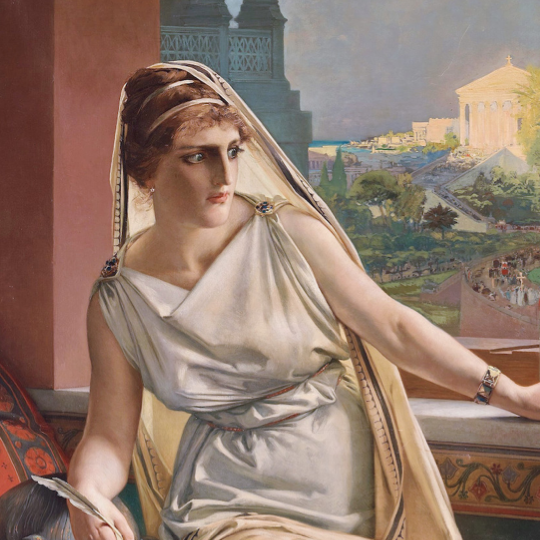
Hypatia of Alexandria (350~370–415) is the earliest well documented female mathematician. Around the year 400, she was the head of the Neoplatonic School in Alexandria which drew in crowds from miles around.
She wrote commentaries on many older texts including Apollonius’ Conics, Diophantus’ Arithmetic and edited Ptolemy’s Almagest. She was also known for her construction of devices such as astrolabes and hydrometers.
Sutayta Al-Mahãmali (~950–987), was from an educated family in Baghdad. She was a leading algebraist of the time, solving open problems and being sought out for her mathematical knowledge by other scholars in Baghdad.
She was an expert in fara’idh (calculating inheritance in line with Islamic law) which she used an algebraic formula for. Most of her original contributions to algebra and arithmetic have now been lost or are no longer attributed to her.
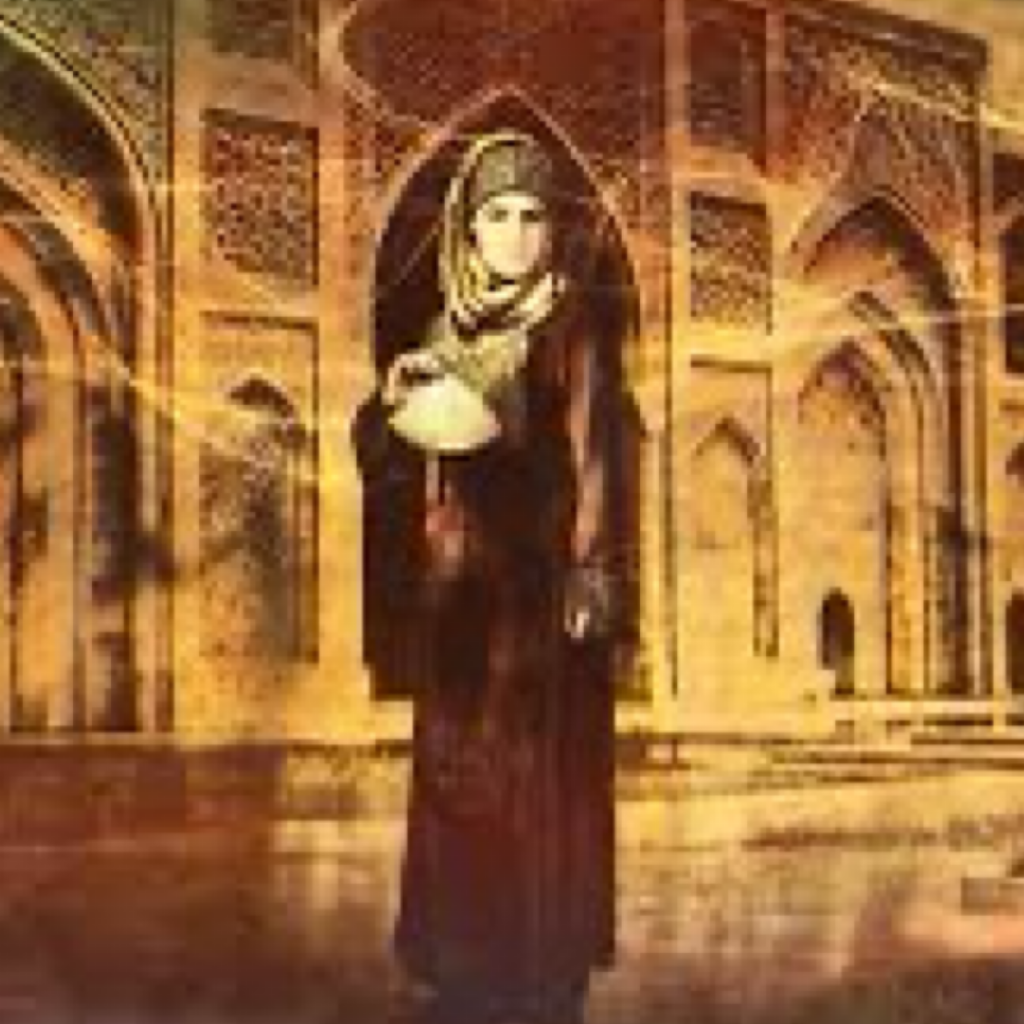
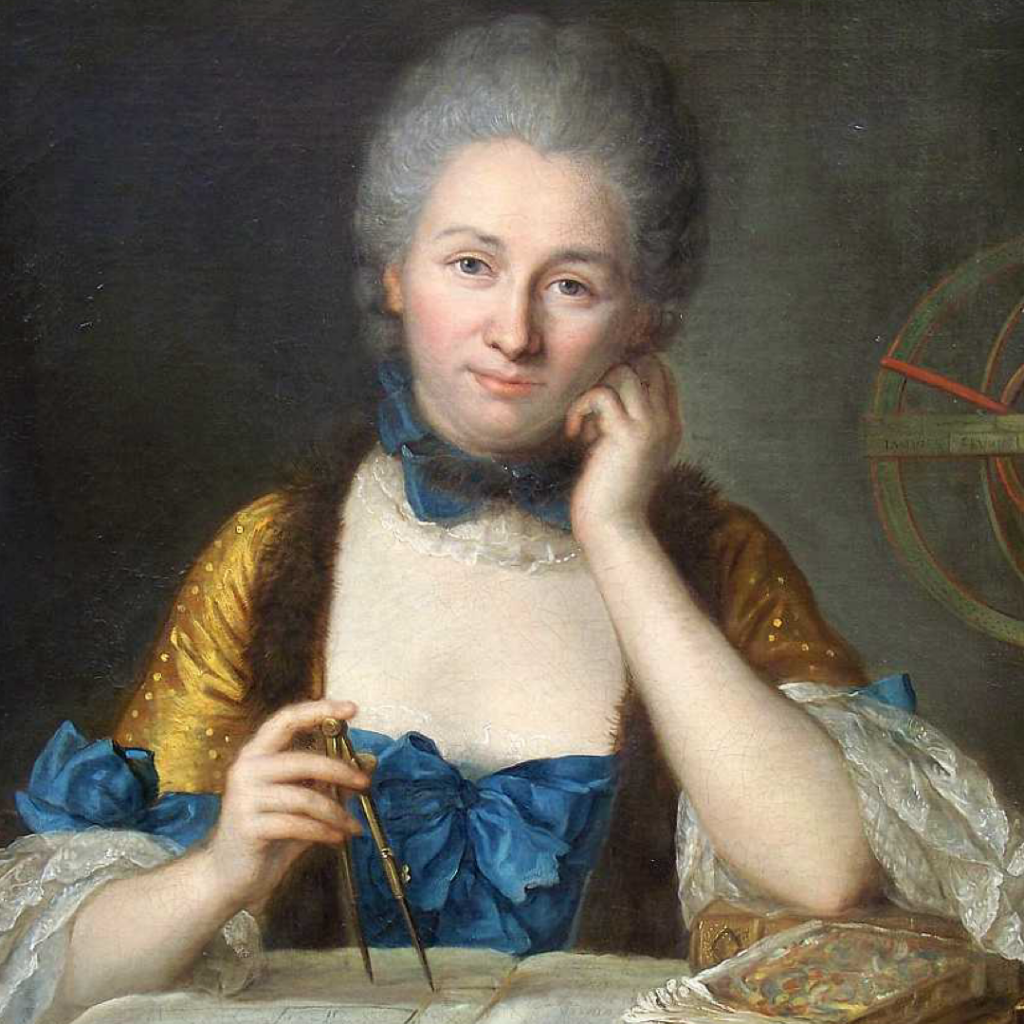
Émilie du Châtelet (1706–1749) The Marquise de Châtelet dedicated her life to the study of the works of the great scientists of the time. She is mostly remembered for her French translation of the Principia Mathematica by Isaac Newton, to which she added comments such as an innovative concept of the conservation of energy.
Laura Bassi (1711–1768) is recognized as the first woman in the world to be appointed a university chair in any scientific field. A physicist, she spread Newtonian mechanics through Italy. For most of her career, she was not allowed to lecture so would conduct private lessons and experiments.
However, as she became a greater symbolic and political figure, she made regular appearances on behalf of the University of Bologna so much so that she earned their highest salary.
In 1776 she was permitted to teach experimental physics with her husband as teaching assistant.
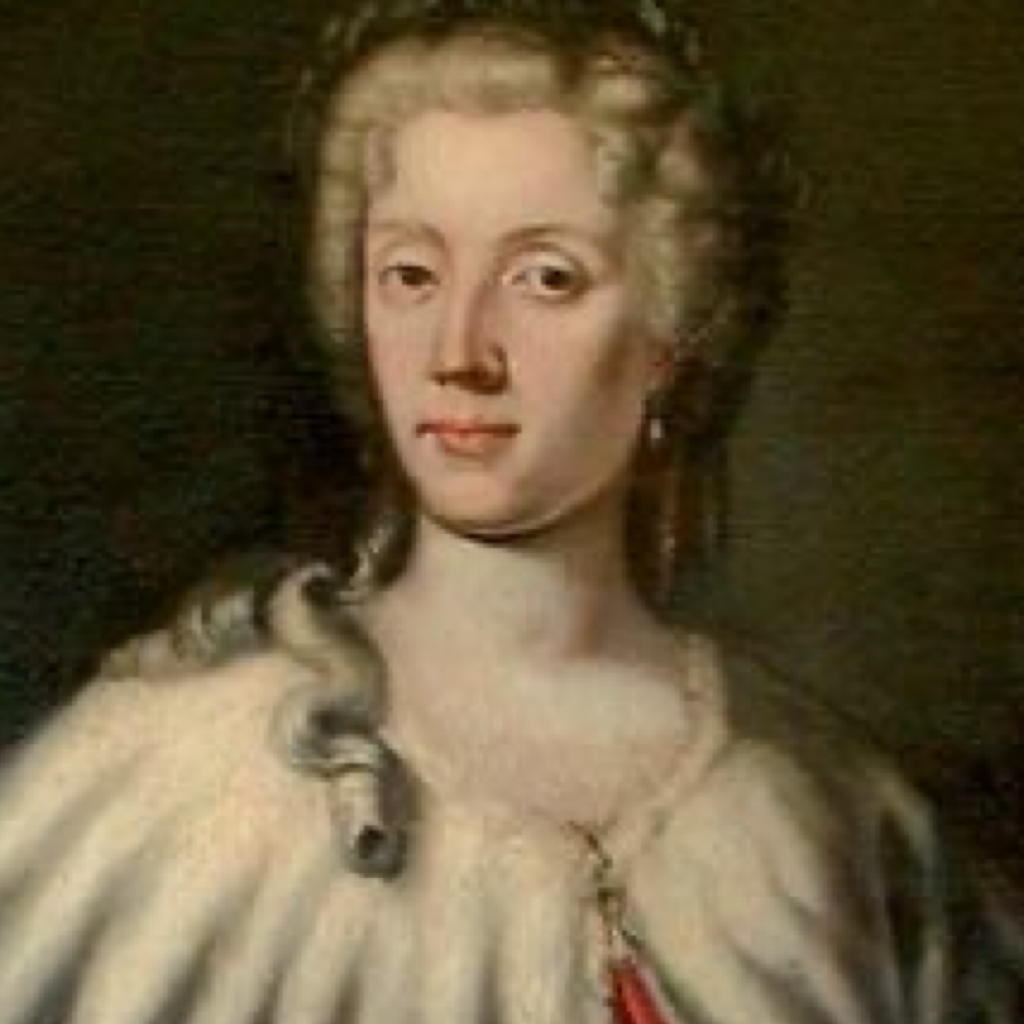
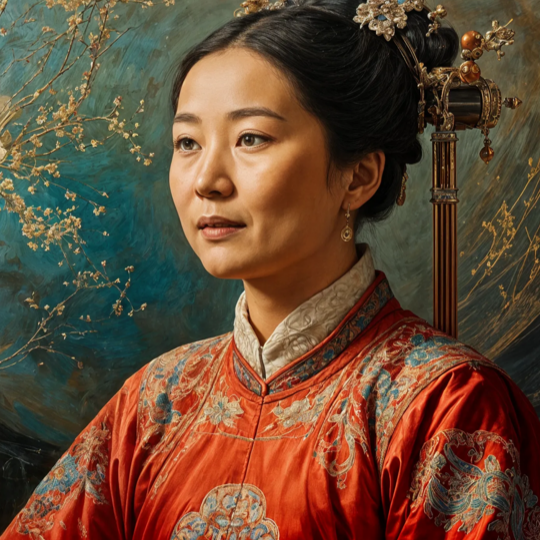
Wang Zhenyi (1768–1797) was a self-taught Chinese mathematician and astronomer who published over 12 books including The Musts of Calculation, a rewritten, more accessible version of Mei Wending’s Principles of Calculation, which itself was an instrumental Chinese textbook. One of her biggest achievements is being recognised as an acclaimed scholar in Qing dynasty China.
Sophie Germain (1776–1831) was a prominent mathematician of the late 18th century who, against her family’s wishes and under the pseudonym Monsieur Le Blanc, studied at a distance and corresponded with leading mathematicians such as Lagrange and Gauss. Although many did not recognize her merits, she was a great pioneer in the theory of elasticity and the first woman to win a prize from the French Academy of Sciences.
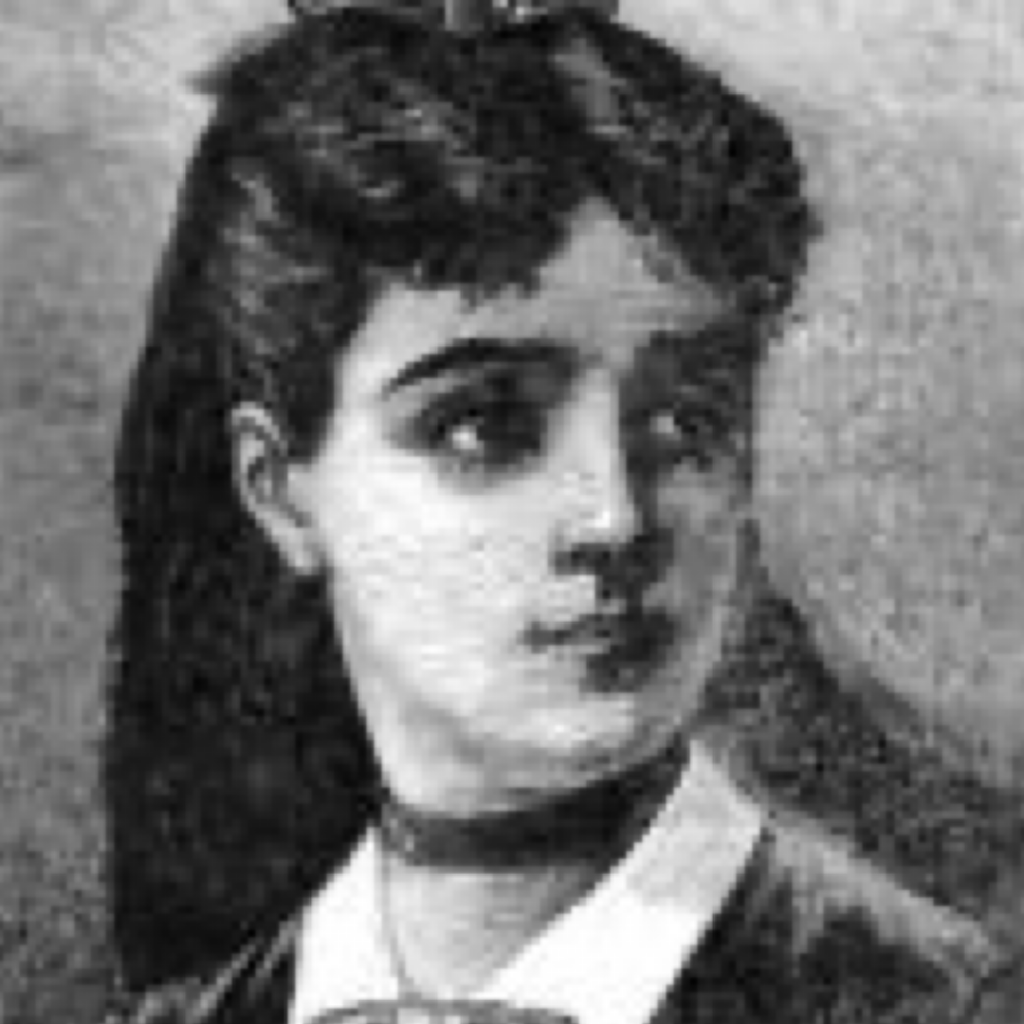
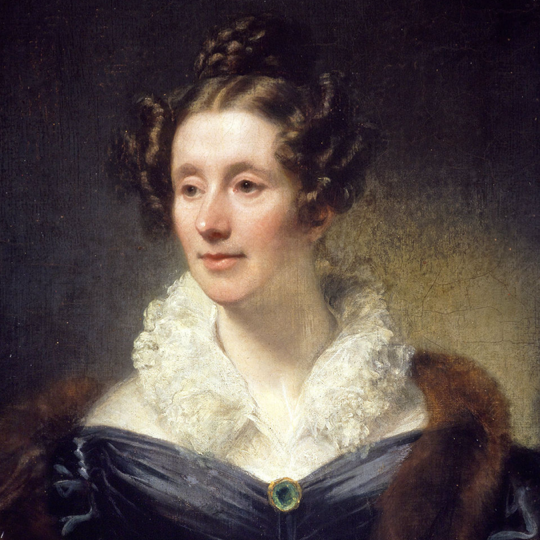
Mary Somerville (1780–1872) was the first woman to present a paper to the Royal Society in 1826 and the joint first female member of the Royal Astronomical Society in 1835.
In 1827, she was tasked with translating Laplace’s five volume Mécanique Céleste, a summary of gravitational physics up to that point. She translated and expanded it into The Mechanisms of the Heavens which became a standard textbook.
She also wrote other books on wider science including the first English Geography textbook.
Ada Lovelace (1815–1852) was incredibly gifted at Maths and as an adult worked with Charles Babbage to translate an Italian memoir. The memoir was about an ‘Analytical Engine’ (a machine that could do simple maths and one of the first computers). However she did way more than just translate the memoir. She created her own version of notes for the machine and even included a way to calculate more difficult equations. This is now understood to be one of the world’s first computer programmes.
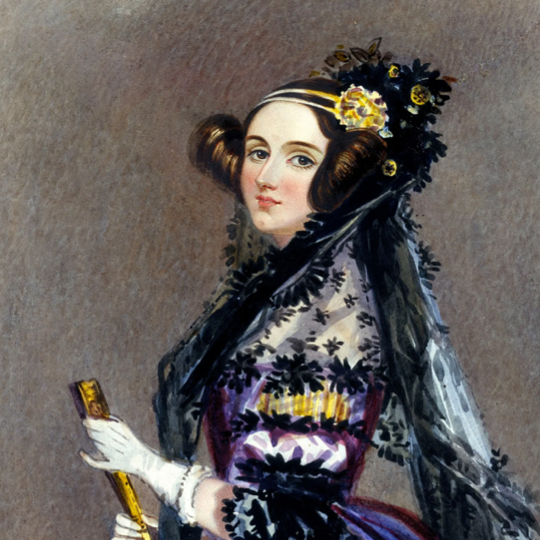
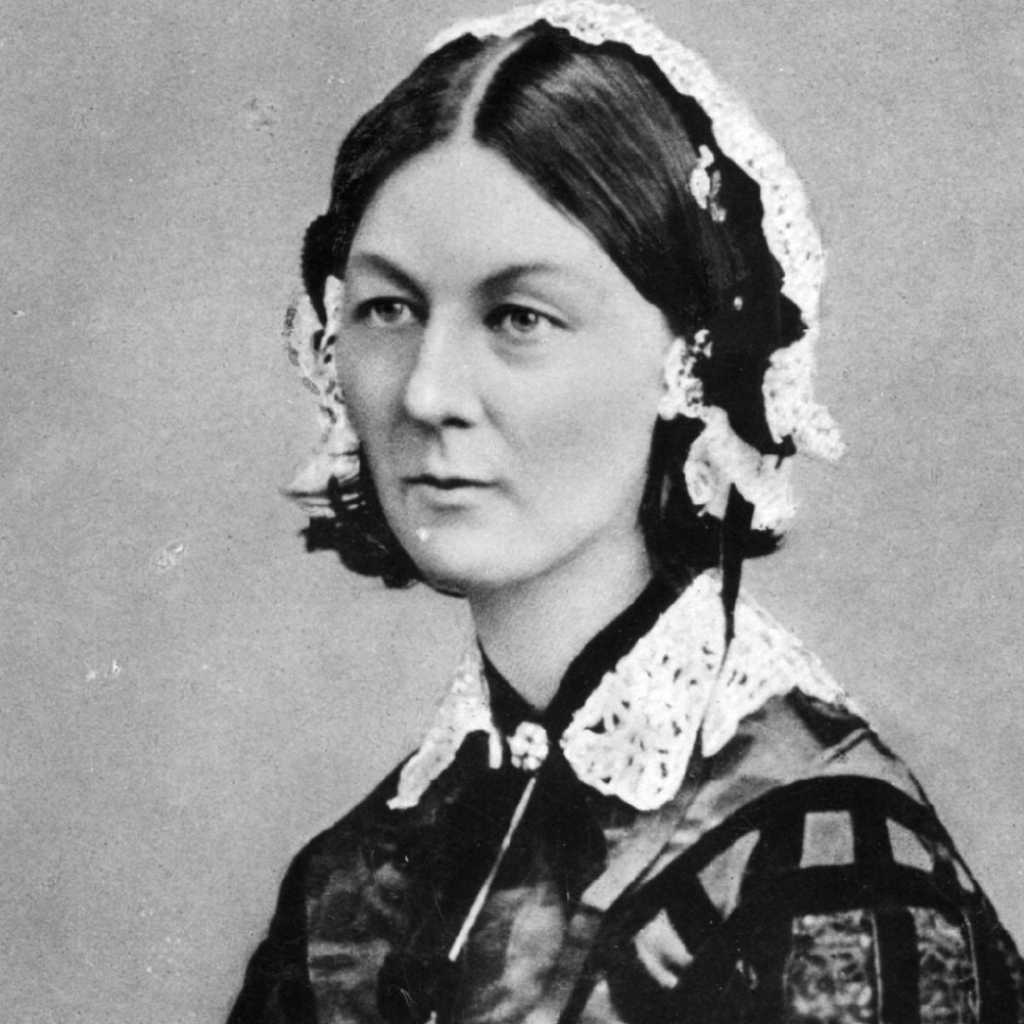
Florence Nightingale (1820–1910) was a statistician who used her work to hugely cut death rates during war. When Florence went to be a nurse in the Crimean War she used statistics to show that lots of the soldiers were dying due to the conditions of the hospitals, rather than from fighting. Florence’s use of statistics helped to show governments why people were dying. As a result she helped reduce mortality rates in both the army and at home. In particular she developed lots of innovative graphs and charts which made statistics easy to understand for politicians. Before this time it was not common to represent statistics in this way.
Christine Ladd-Franklin (1847–1930) was accepted into John Hopkins University as C Ladd without anyone realising she was a woman. She had already published over 80 items in the Education Times of London, AJM and The Analyst.
Despite many restrictions on her access to the university, she completed all the requirements for her doctorate in Logic but was not awarded the qualification until 44 years later. She was the first American woman to be educated at a graduate level in mathematics. She was eventually allowed to teach one class a year at John Hopkins on an annual unpaid basis.
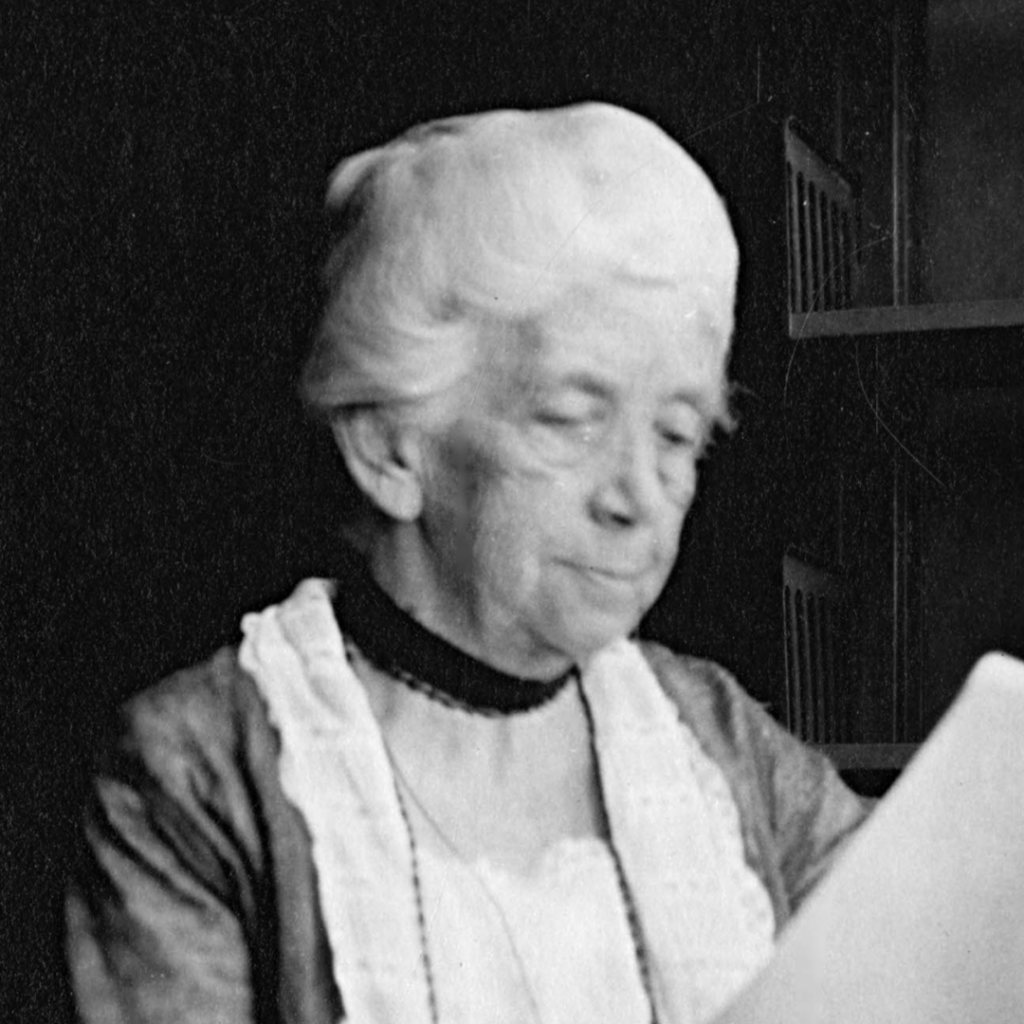
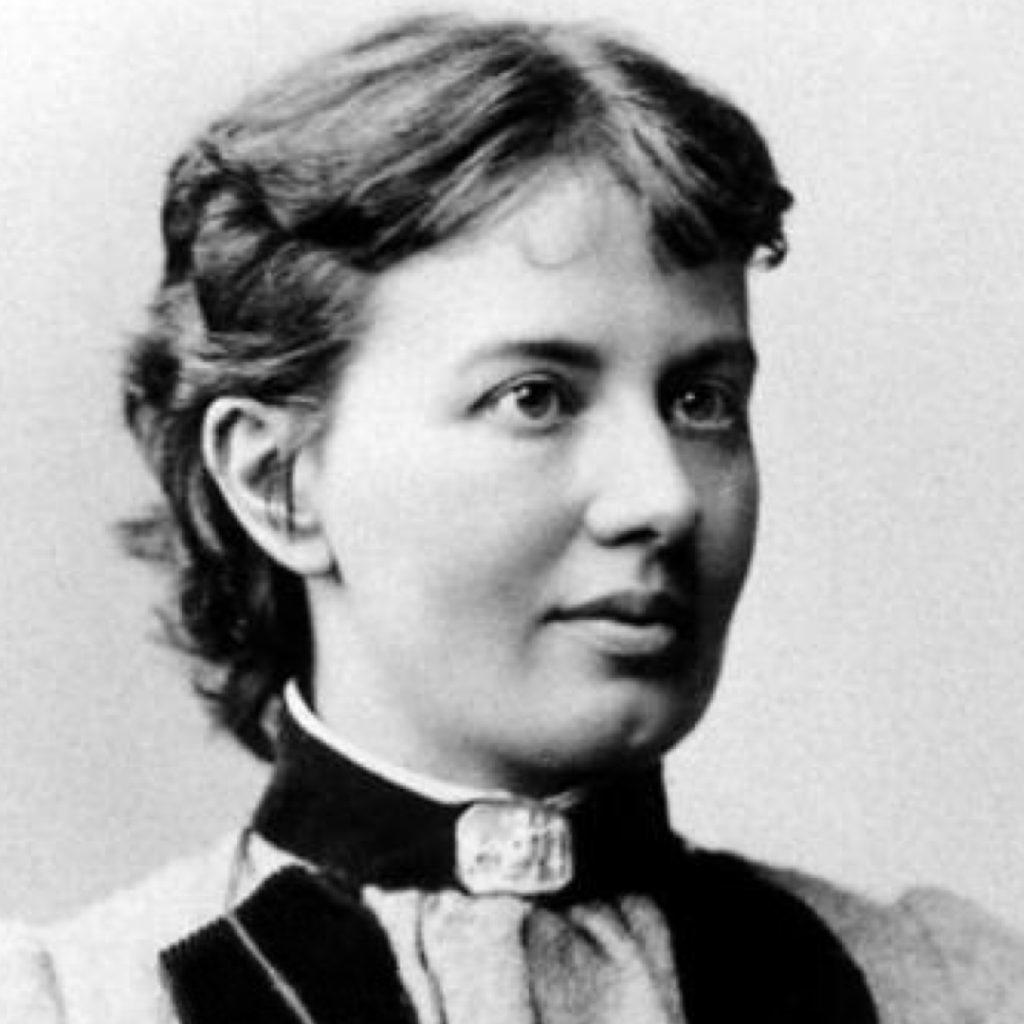
Sofya Kowalevski (1850–1891) was the first woman to earn a modern doctorate in
mathematics. Unable to pursue her education in Russia, she moved to Germany where she had private lessons with Karl Weierstrass. He helped her gain her doctorate with papers in PDEs, dynamics and elliptical integrals which included the Cauchy–Kowalevski theorem.
In 1888, she won the French Academy of Sciences’ Prix Bordin prize for her work on dynamics around a fixed point and the following year became a professor at Stockholm University, the first female lecturer in Sweden.
Mileva Maric (1875–1948) was a Serbian Physicist and Mathematician. She was the only woman among Albert Einstein’s fellow students at Zurich Polytechnic. Some of the postulates and theories Einstein famous are, at least, the result of the work of both of them.
There are many testimonies and documentary evidence that support the theory of an appropriation by Einstein of Mileva’s research activity, who always showed an extraordinary intelligence and aptitude for mathematics.
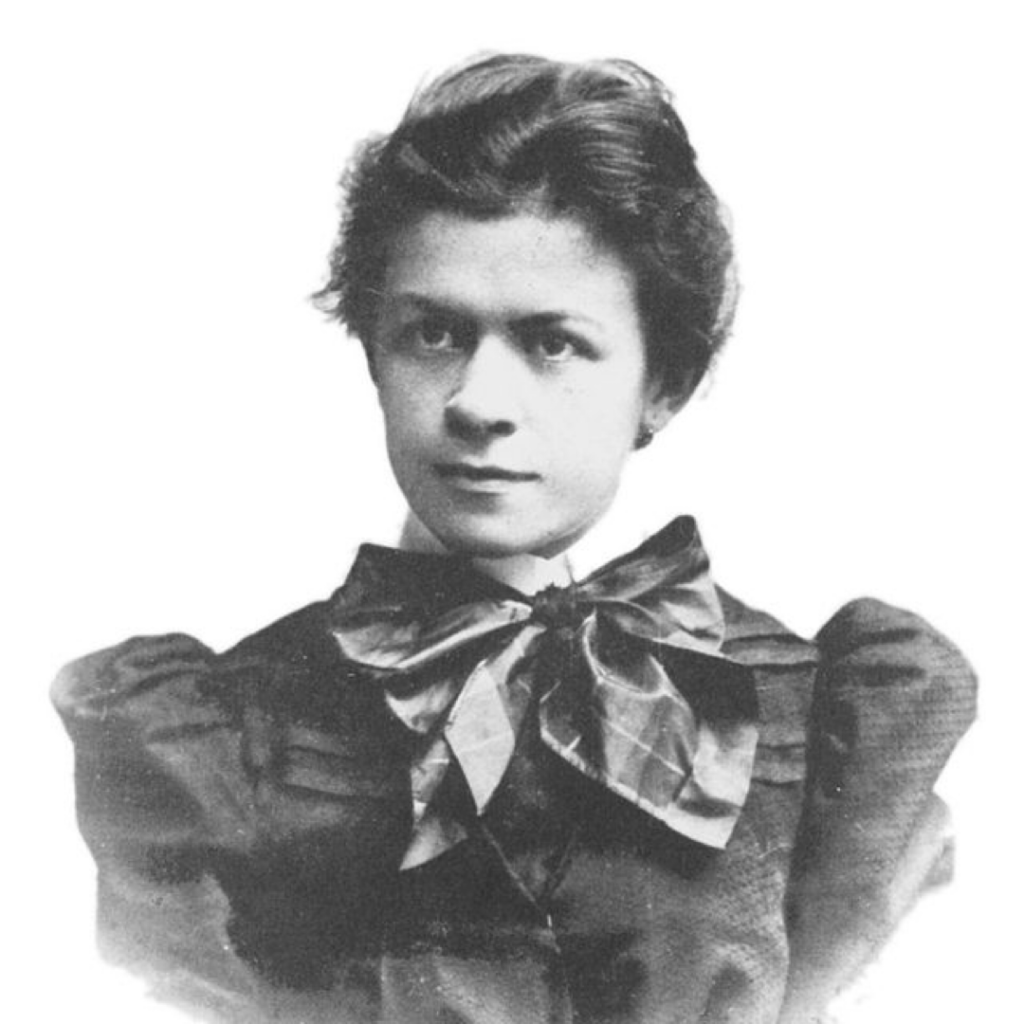
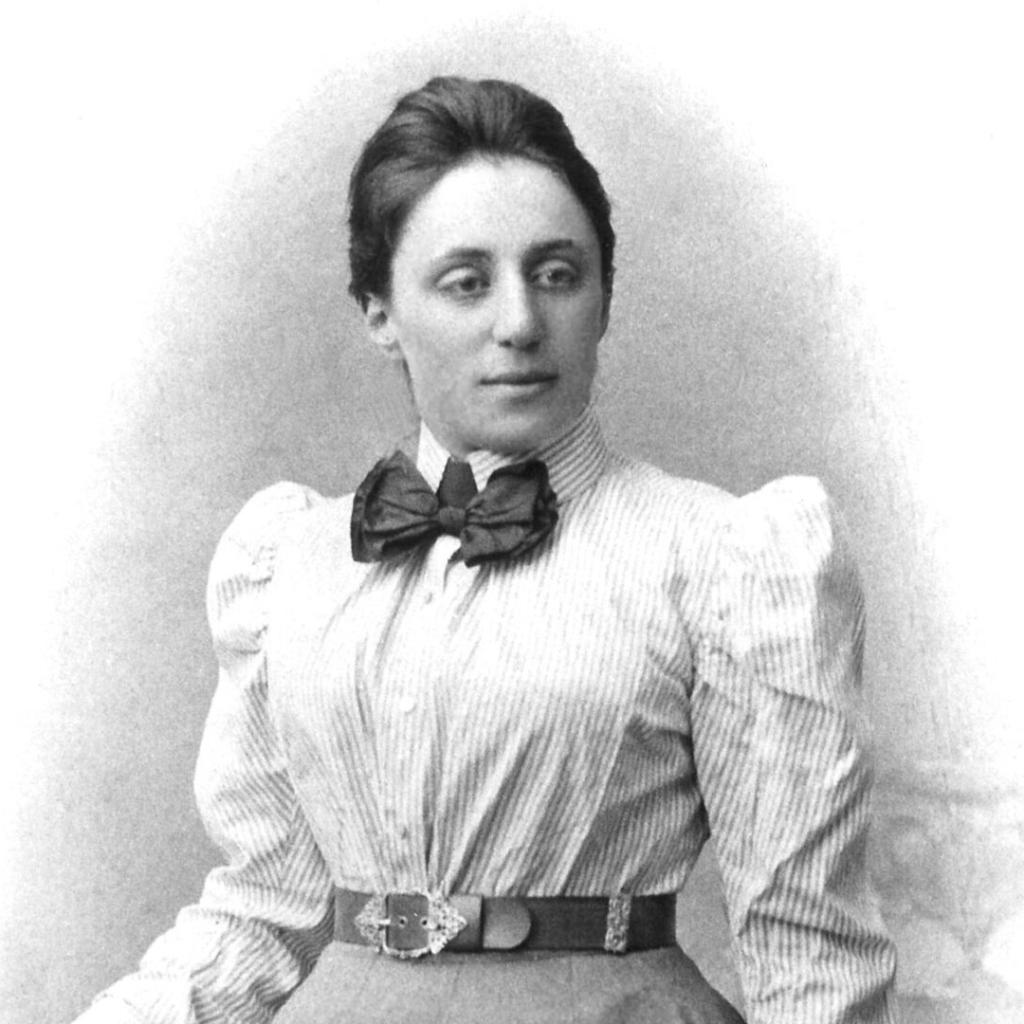
Emmy Noether (1882–1910) was widely thought of as one of the most important Mathematicians ever. Even famous genius Albert Einstein once said Emmy was “the most significant creative mathematical genius since the higher education of women began.”
She grew up in Germany in a time when women weren’t thought of very highly and had her education delayed because of rules against women studying Maths at university. She was very, very clever though and did eventually get a PhD in algebra. She went on to become a Maths professor and developed many mathematical rules that led to other mathematicians, like Einstein, being able to advance mathematics even further.
Euphemia Haynes (1890–1980) was the first African American woman to gain a PhD in mathematics in 1943 from the University of Chicago in algebraic geometry. She spent her career teaching, becoming the first woman to chair the board of education in Washington DC and establishing the Maths Department at the University of the District of Columbia.
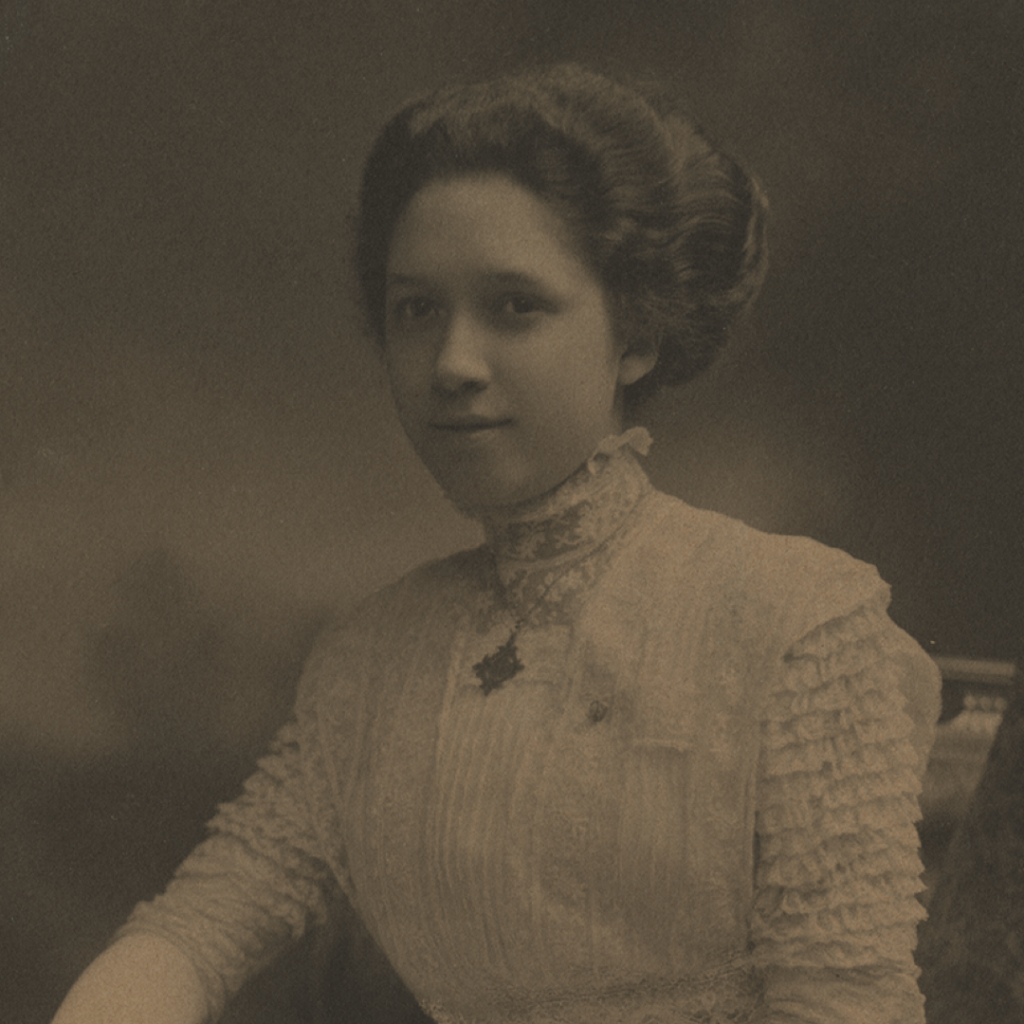
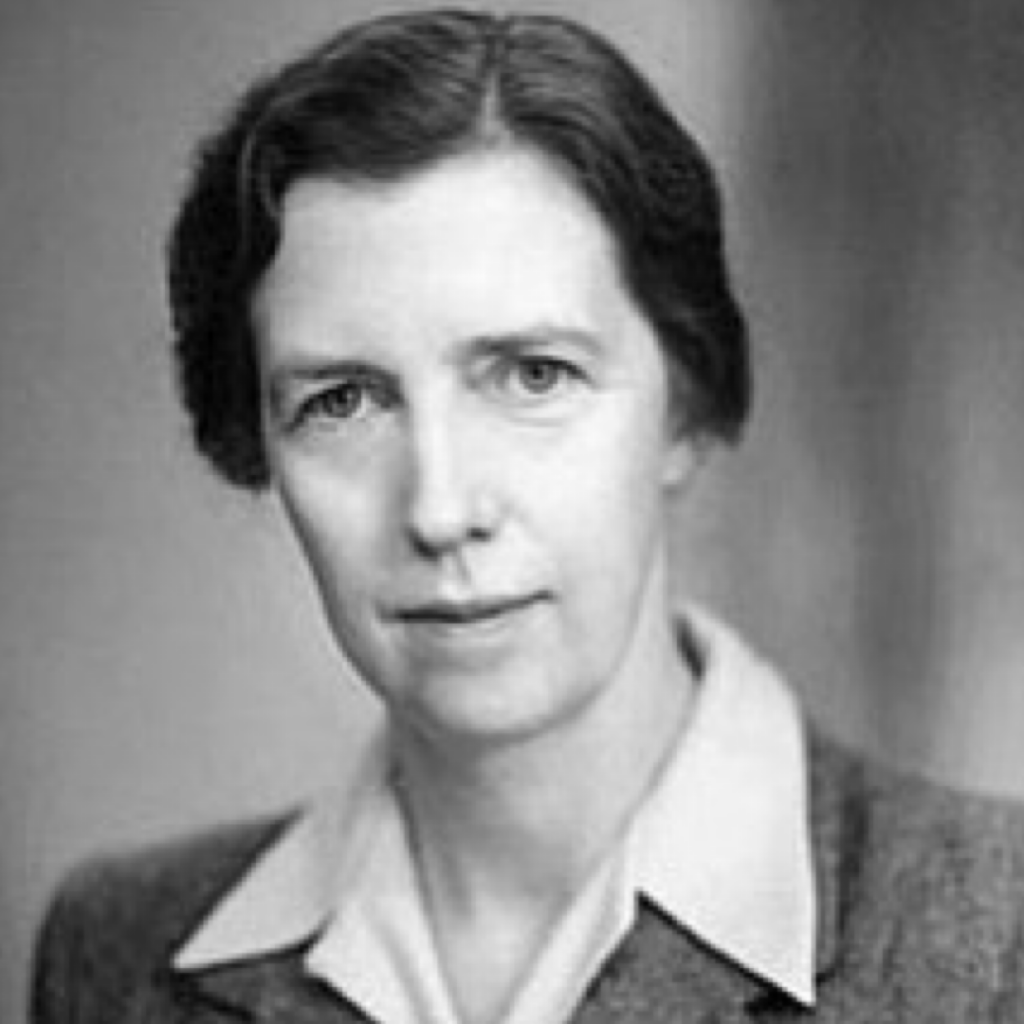
Mary Cartwright (1900–1998) was the first woman to graduate with a first in Mathematics from Oxford. She was supervised by Hardy to obtain her PhD in analytic function theory. She attended some of Littlewood’s lectures where she solved one of his open problems. In the 1930s, she was recommended to help radio and radar modelling as an example of the Butterfly effect, making her an early pioneer of chaos theory.
In 1947, she became the first female
mathematician to be elected to the
Royal Society.
Olga Taussky-Todd (1906–1995) published over 300 research papers in algebraic number theory, matrix theory and analysis. She completed her doctorate in 1930 at the University of Vienna where she studied functional analysis under Hans Hanh and algebraic systems with Emmy Noether. As a Jew, she fled to England in 1934 and spent the war developing matrix theory to track aircraft. She continued to build the field as a lecturer at Cambridge and then Caltech, helping to show its applications and importance across mathematics.
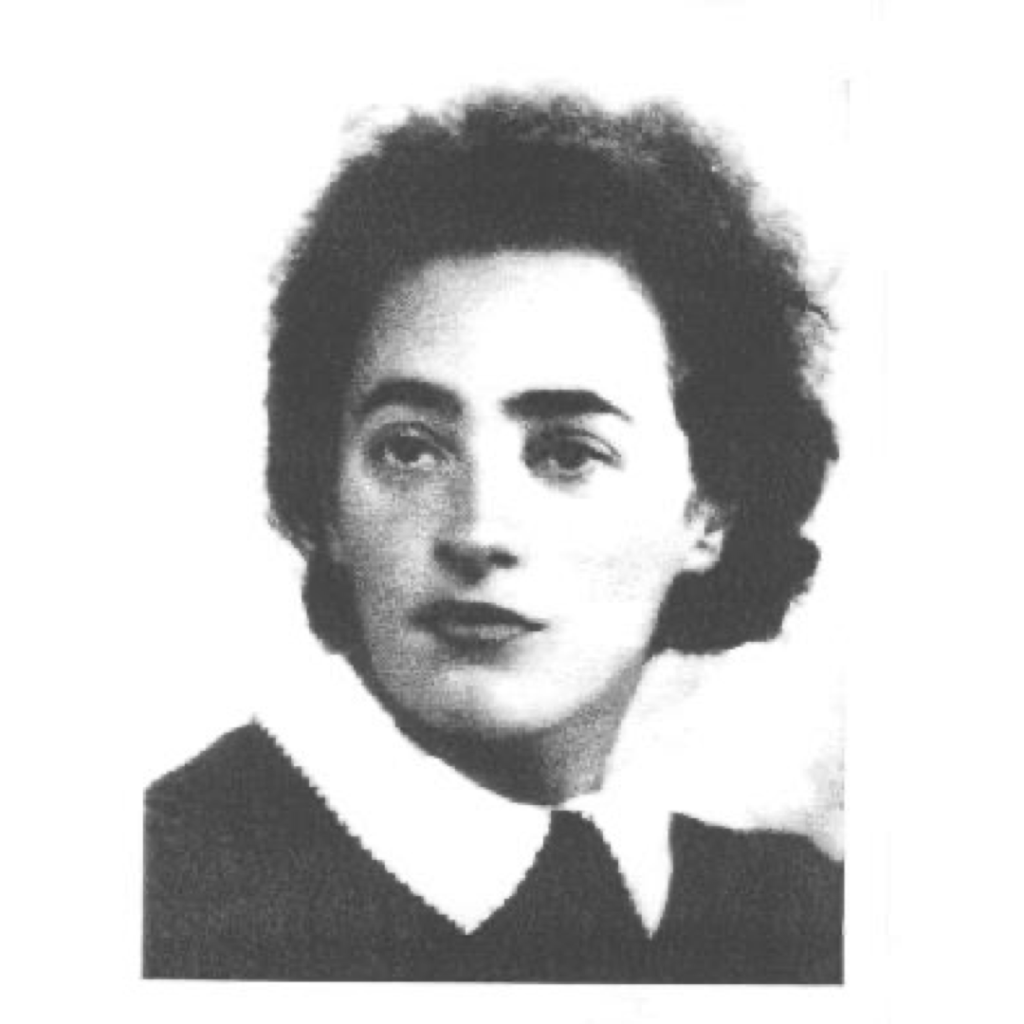

Grace Murray (1908–1992) was a pioneering woman both in the world of mathematical research and as one of the first women to have a military career, with more than forty years of service. Her most important achievement was creating the first system that adapted programming language to the language of computing machines.
Dorothy Johnson Vaughan (1910–2008) was an African American mathematician and computer programmer who worked for the National Advisory Committee for Aeronautics (NACA), and NASA. She contributed greatly to the early stages of the American space programme.
She was considered a ‘human computer’ as she performed complicated computations and analysed data for aerospace engineers. She was the first African American manager at NACA, which later became NASA.
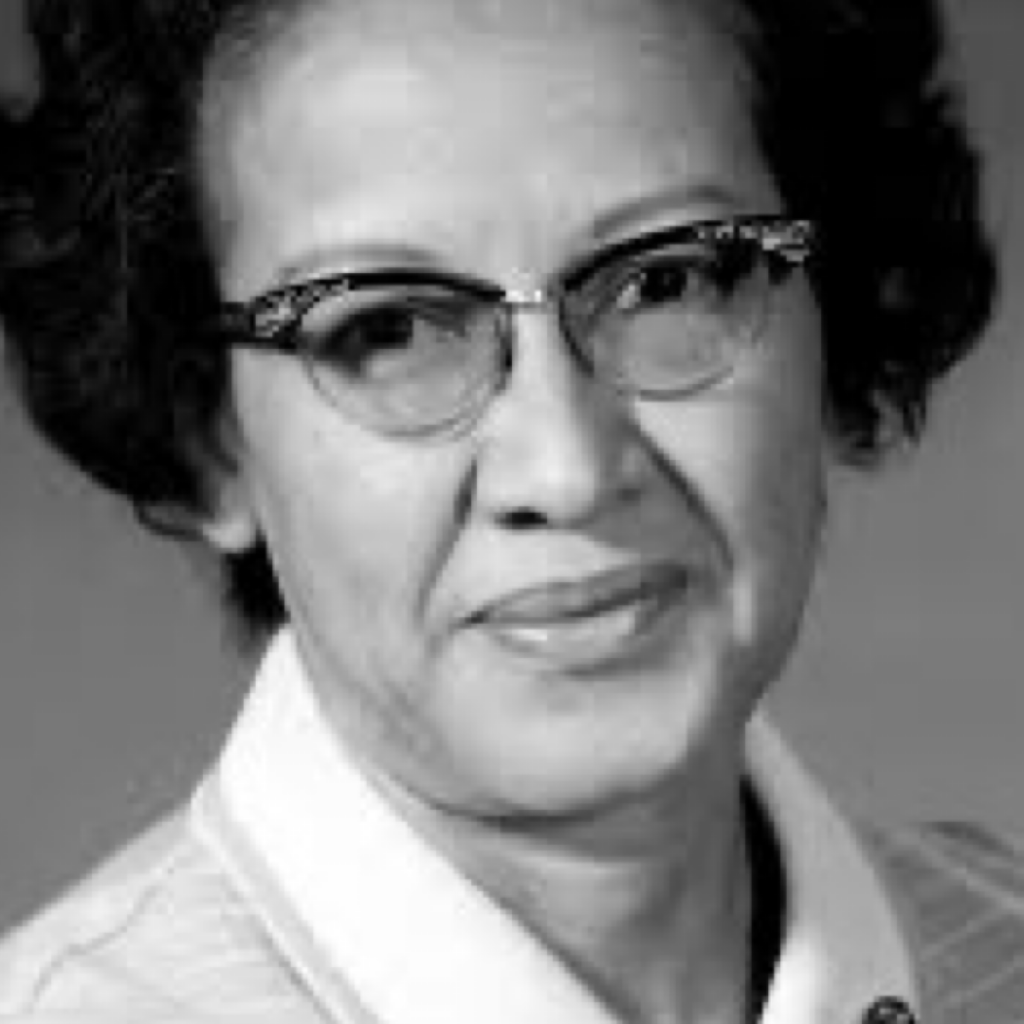

Katherine Johnson (1918–2020) was an American mathematician, physicist and space scientist who contributed greatly to the USA’s aeronautics and space programmes, particularly in electronic computers at NASA. She calculated the trajectory for Project Mercury and the Apollo 11 flight to the moon.
She was presented with the Presidential Medal of Freedom by Barack Obama in 2015 due to her pioneering example of African American women in STEM.
Julia Robinson (1919–1985) was the first female president of the AMS. Her work was instrumental in the proof of Hilbert’s 10th problem on Diophantine equations and the first to reference ‘travelling salesman problems’ in her game theory work.
She was not allowed to teach in the Berkeley Maths Department as her husband worked there so she only gained a full-time position three years after he retired.
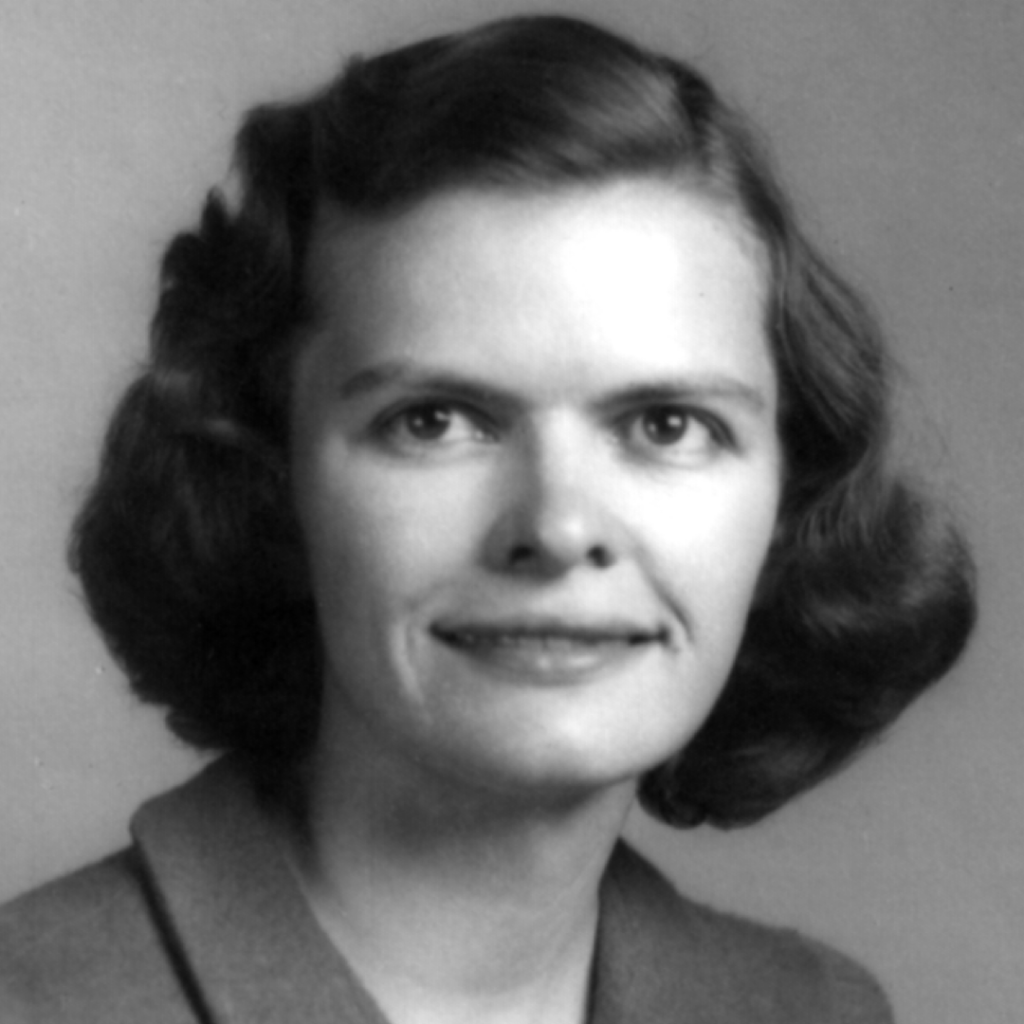

Karen Uhlenbeck (1942–) is considered one of the founders of the area of geometric analysis and received the Abel Prize in 2019 for her research with partial differential equations in several dimensions, with gauge theory and integrable systems, and for the fundamental impact of her work on mathematical physics.
Maryam Mirzakhani (1977–2017) was the first, and currently only, female Fields medallist. It was awarded for “her outstanding contributions to the dynamics and geometry of Riemann surfaces and their moduli spaces.”
She proved the prime number theorem for simple closed geodesics, Thurston’s Earthquake conjecture and contributed to the proof of the regularity of the moduli space closure of complex geodesics.
